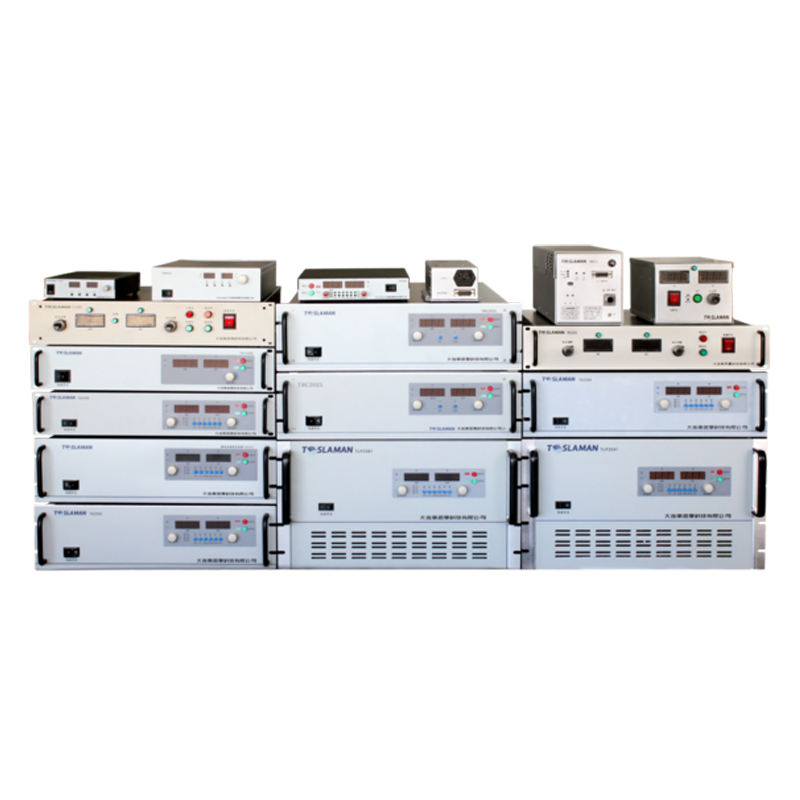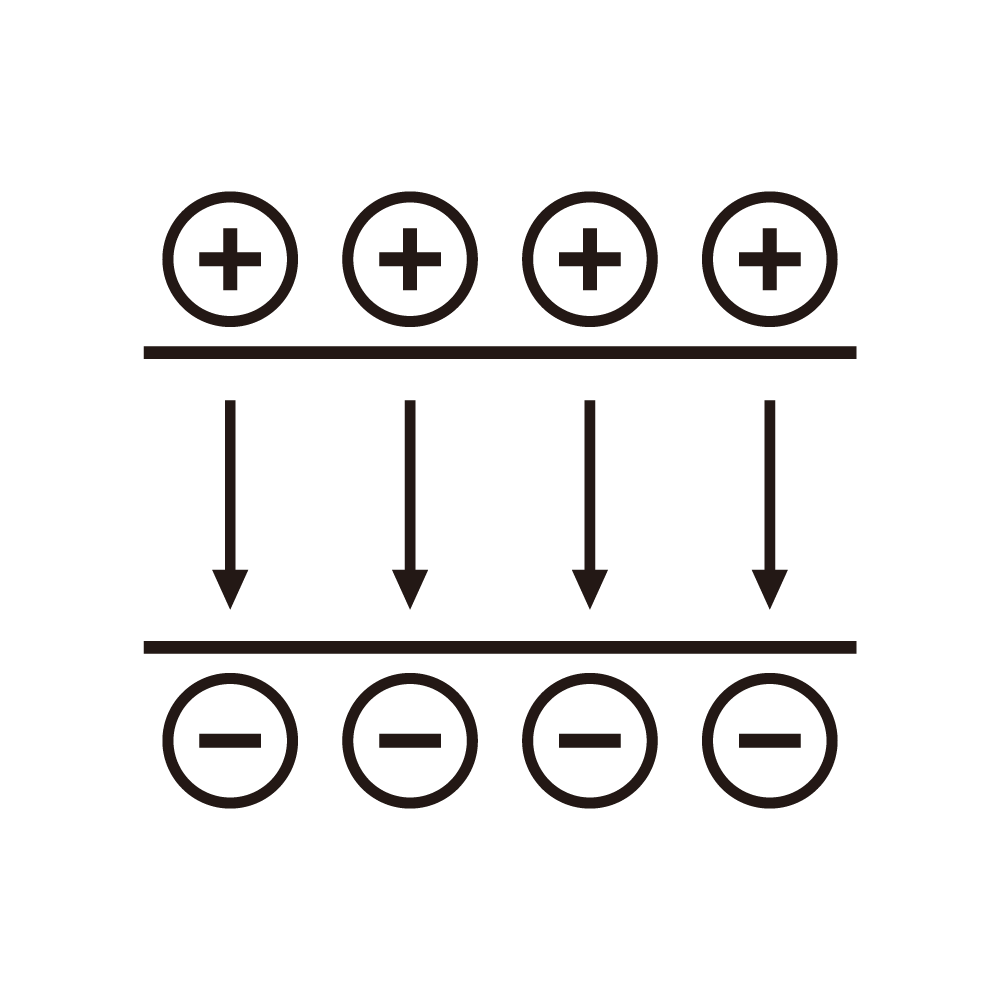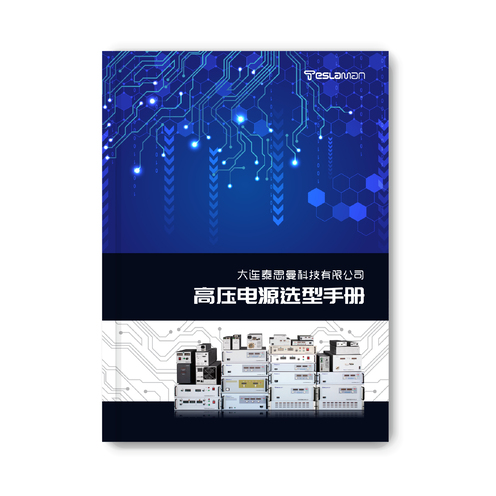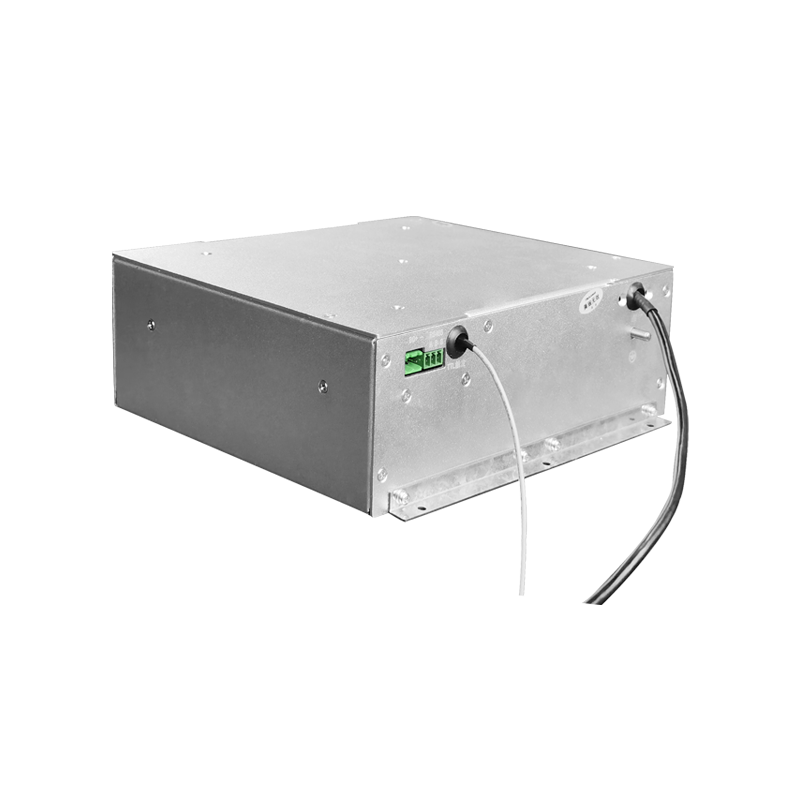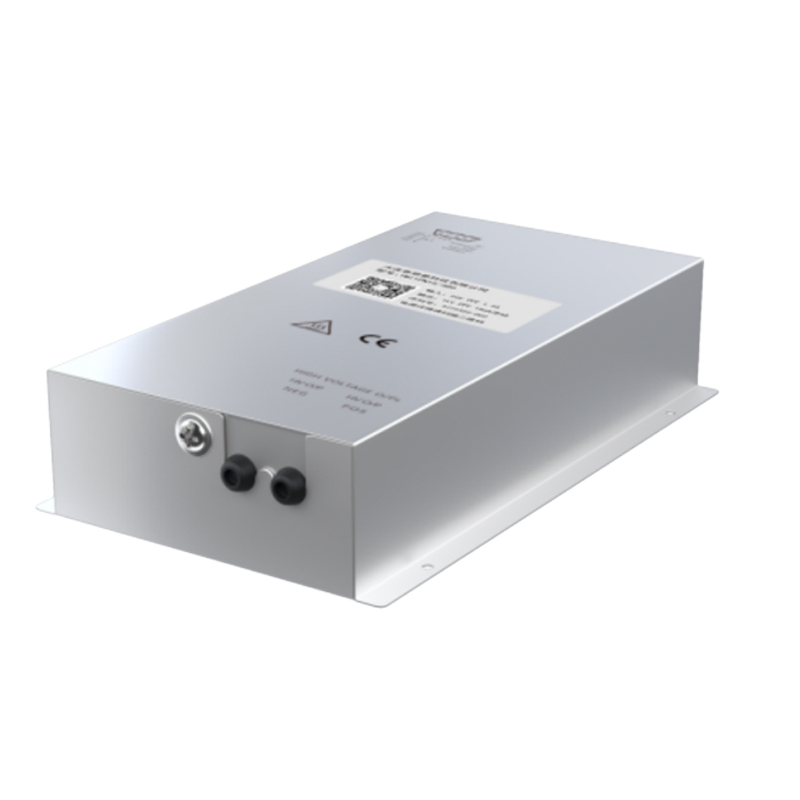Technical Analysis and Application Practice of Pulse Characteristics in Neutron Source High-Voltage Power Supplies
Introduction
As a core facility for fundamental scientific research and industrial testing, the performance of neutron sources directly depends on the stability and controllability of high-voltage power supply systems. The pulse characteristics, being a critical technical specification of high-voltage power supplies, determine the transient response capability, energy accuracy, and operational lifespan of neutron beamlines. This article systematically elaborates on the key technical challenges and solutions in pulsed high-voltage power supplies for neutron source applications from an engineering perspective.
Ⅰ. Special Requirements of Neutron Sources for Pulsed High-Voltage Power Supplies
1. Nanosecond-Level Pulse Precision
Experimental methods such as neutron time-of-flight (TOF) require power supplies to deliver rise/fall times of <5ns, imposing extreme demands on the switching characteristics of power semiconductor devices. Current mainstream solutions employ composite topologies combining high-frequency IGBT modules with magnetic core saturation reactors, achieving waveform sharpening through multistage magnetic compression technology.
2. Dynamic Load Adaptability
Nonlinear variations in neutron yield caused by target temperature fluctuations necessitate dynamic regulation precision of 0.1%. FPGA-based closed-loop control systems utilize real-time beam current feedback signals and variable-parameter PID algorithms to achieve microsecond-level dynamic compensation.
3. Electromagnetic Compatibility Challenges
Steep pulse dV/dt (up to 50kV/μs) generates intense electromagnetic radiation. A hierarchical shielding design is adopted: an inner layer of double permalloy magnetic shields combined with an outer layer of graded-conductivity silicon carbide composites, integrated with adaptive active filtering technology, reduces radiated noise below 80dBμV/m.
Ⅱ. Key Technological Breakthroughs in Pulse Characteristics
1. Solid-State Modulator Innovation
A multilevel cascaded topology enables ±0.05% pulse amplitude stability at 100kV output with 1kHz repetition frequency. Specially designed voltage-sharing rings maintain electric field gradients below 3kV/mm.
2. Thermal Management Optimization
To address thermal shocks from 100MW-level pulse power density, a phase-change microchannel cooling system was developed. Utilizing nanofluid phase transition in capillary structures, this solution achieves thermal conductivity five times higher than traditional water cooling, limiting IGBT junction temperature fluctuations within ±2℃.
3. Intelligent Diagnostic Systems
A multi-physics sensor network combined with time-frequency domain analysis provides 300-hour advance warning of power device aging. A deep reinforcement learning-based fault prediction model achieves 99.7% accuracy in identifying transient anomalies like arc discharges.
Ⅲ. Typical Engineering Challenges and Countermeasures
1. Secondary Electron Multiplication
Rapid pulse voltage variations may trigger electron avalanches in vacuum insulation structures. Micro-arc oxidation surface treatment forming 10-15μm Al₂O₃ ceramic layers, combined with asymmetric electrode design, reduces secondary electron emission coefficients below 0.3.
2. Ground Loop Interference Suppression
Fiber-optic isolated drivers and segmented grounding strategies reduce common-mode noise by 40dB. Measured data show that common-mode voltages in control circuits remain within ±5V under 20kA pulse current conditions.
3. Long-Cable Transmission Compensation
A pre-distortion correction algorithm based on transmission line theory addresses distributed parameter effects in hundred-meter HV cables. Injecting reverse pre-pulse waveforms reduces pulse front distortion from 12% to 0.8%.
Ⅳ. Future Technological Directions
1. Wide-Bandgap Semiconductor Applications
Silicon carbide (SiC) devices with 300℃ junction temperatures and 1/5 the switching losses of silicon-based counterparts are expected to push pulse repetition frequencies to 10kHz levels.
2. Digital Twin Integration
Virtual prototyping systems incorporating electromagnetic-thermal-mechanical multiphysics coupling can shorten commissioning cycles by 60% while enhancing operational parameter optimization efficiency.
3. Novel Energy Storage Materials
Graphene aerogel supercapacitors with 15Wh/kg energy density, combined with magnetic flux compression generators, may enable compact pulse power modules.
Conclusion
The optimization of pulse characteristics in neutron source high-voltage power supplies represents an interdisciplinary innovation frontier. Its technological advancements not only drive progress in fundamental physics research but also create new pathways for applications in nuclear medical imaging and industrial nondestructive testing. With continuous breakthroughs in new materials and architectures, next-generation intelligent pulse power systems will achieve dual milestones in nanosecond-level timing precision and hundred-kilowatt-level power density.
